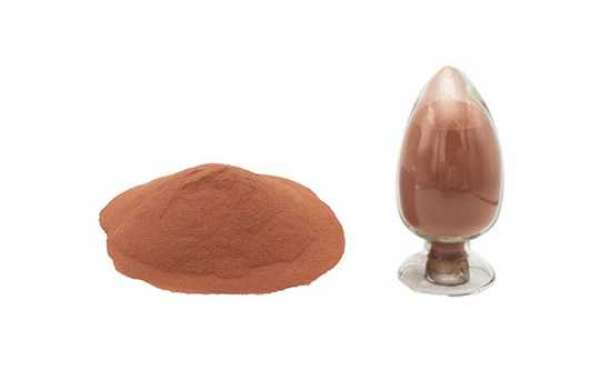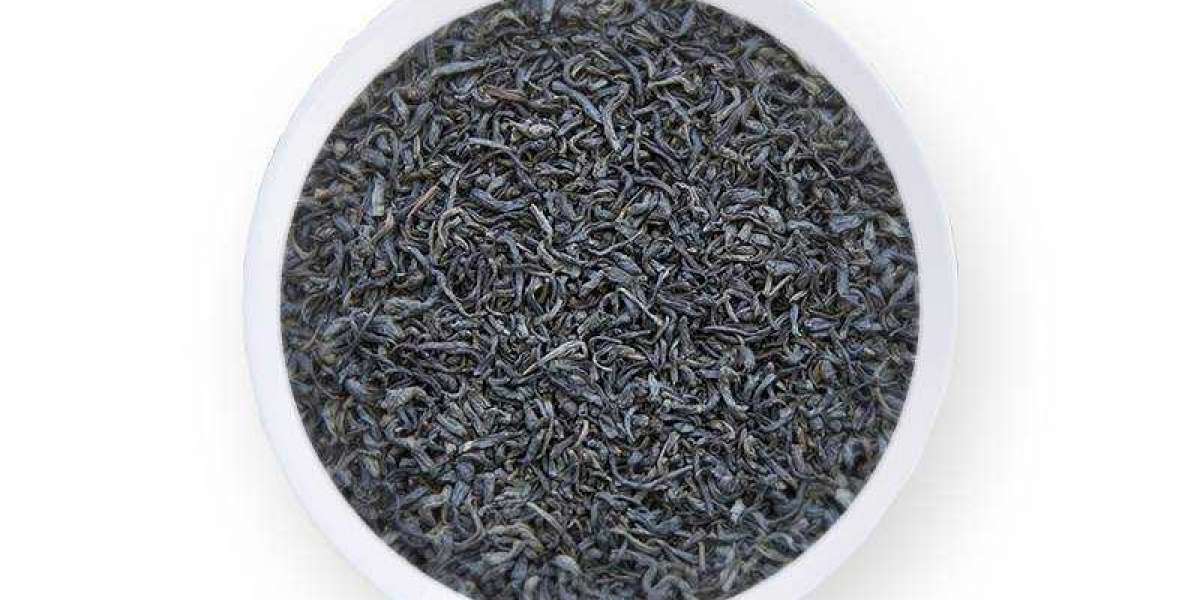Copper Chloride Dihydrate is a blue-green orthorhombic crystal. The density is 2.54 g/cm3. Soluble in water, soluble in alcohol, acetone, ethyl acetate, ammonia. Slightly soluble in ether. Easy to solve. Easy to weather in dry air. When heated to 100 ° C, two crystal waters were lost. When crystals are formed from a copper chloride aqueous solution, a dihydrate is obtained at 26 to 42 ° C, a tetrahydrate is obtained at 15 ° C or lower, a trihydrate is obtained at 15 to 25.7 ° C, and a monohydrate is obtained at 42 ° C or higher at 100 ° C. Obtained an anhydrate. Toxic! Slowly add hydrochloric acid to a certain amount of copper oxide for acid hydrolysis. After purification, filtration, concentration, cooling to 26 ~ 42 ° C precipitation crystals, solid-liquid separation, drying. Used as a plating bath to add copper ion additives, organic and inorganic reactions as catalysts, petroleum industry as deodorization, desulfurization and purification agents, printing and dyeing mordants, aniline dyes as oxidants. Also used in metal smelting, glass and ceramic colorants, fish feed additives. The anhydrate is a brownish yellow powder. It is hygroscopic. The relative density is 3.386 (25 ° C). The temperature of 620 ° C. Decomposed into cuprous chloride at 993 °C. Slightly soluble in ether, slightly soluble in acetone, ethyl acetate, soluble in water, methanol, ethanol, ammonia. It is obtained by the action of lead oxide or copper carbonate and hydrochloric acid. Used as chemical reagents, mordants, oxidants, wood preservatives, food additives, disinfectants and in glass, ceramics, pyrotechnics, hidden inks, as well as deodorization and desulfurization of petroleum fractions, metal refining, photography, etc. It can be used to formulate abrasive materials for monocrystalline wafer polishing and other semiconductor substrate and machining industries.
Wei Shida
58 بلاگ پوسٹس



